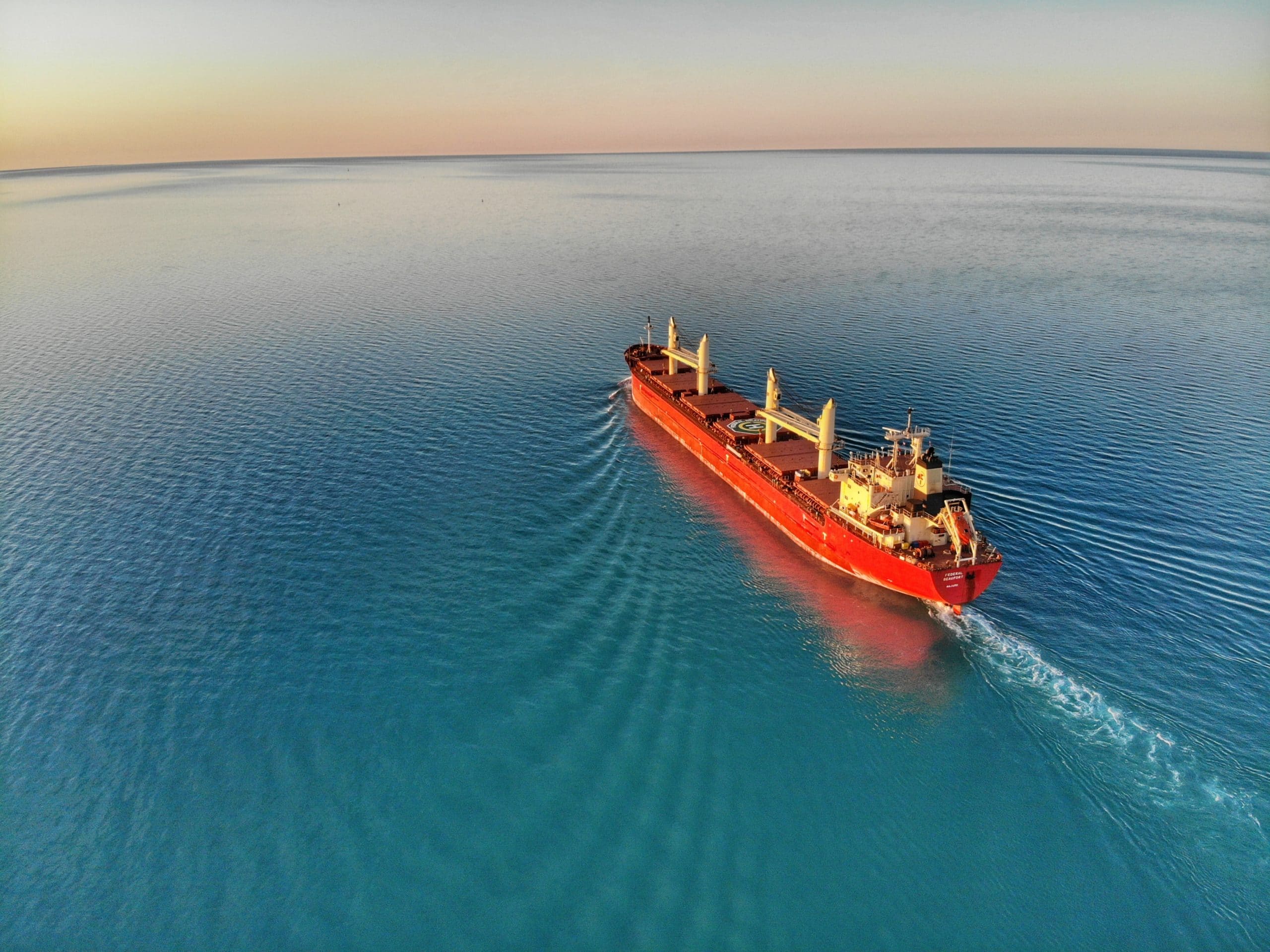
Shipping emissions are moving into the light
Shipping’s carbon emissions – not to mention its contribution to SOx, NOx, PM and other greenhouse gases like Methane – are finally getting on the global news agenda.
We know this because the great and the good are telling an ever wider audience that the IMO process is falling behind public desire for change. Whether this is truly the case or not, we can be clear that the data on GHG emissions from the global fleet and the impact they create in terms of climate change and pollution are these days all but public property.
Not so long ago, an interested party would have struggled to acquire data on shipping or make sense of it, but the IMO GHG studies, its DCS program and the EU’s similar MRV, together with AIS data, mean that shipping’s numbers are edging closer to full transparency.
The impact of this is that every non-shipping expert with some skin in the game or a mission to educate and inform, can demonstrate just how badly shipping is doing compared to, say airlines.
The latest is Lord Browne, one time BP chief executive and a director of Windward, the Israel-based maritime data company. Browne used an opinion column in The Times to recall that during his time as head of an oil super-major he was ‘concerned’ about the use of ‘sulphureous and carbon-intensive’ bunker fuel.
How much Lord Browne did to clean up the fleet during his time at BP is unclear; the company is certainly not regarded as a climate champion by everyone. Browne is correct though, that fossil-derived bunker fuel accounts for about 3% of global carbon dioxide emissions and on pre-Pandemic projections could represent 10% of global emissions by 2050.
He notes that shipping has ‘fallen outside the remit of national and regional efforts to put a price on carbon, such as the EU Emissions Trading System’ but this is the Commission’s stated aim, though its impact is hard to predict and will be felt mostly on a regional basis.
Browne notes that while the EU carbon price recently rose above €50 a tonne, the IMO failed in June to reach agreement on a tax of less than $1 a tonne, preferring short term targets for reductions in carbon intensity (which have in fact been in place for some time).
With consumers increasingly demanding lower-carbon solutions and green premiums and carbon footprint labelling gaining traction, Browne believes the costs for green shipping could be absorbed by the final consumer with relatively little impact. But if consumers don’t know, they can’t choose accordingly. Unless regulators can measure and attribute emissions accurately and fairly and make the data transparent and widely available, then making those choices will be difficult for shoppers.
Browne concludes that the future lies in measuring every vessel’s emissions in real time. However far behind the curve that puts him, he’s right. What was once a daunting task of collecting and analysing large data sets in real time is now possible.
With vessel emissions performance visible to charterers, banks, port authorities, flag states – shipping activity will be more open to scrutiny. Whether consumers will ever understand the portion of carbon emissions attributable to shipping is far from clear, but only with reliable emissions data can regulators ever hope to introduce accurate, fair and universally applied regulation.
A sophisticated understanding of a specific vessel’s carbon footprint and how that might be reduced would also create incentives for the most efficient shipping operations and Browne adds, drive globally scalable carbon trading standards.
Photo by Chris Pagan on Unsplash



